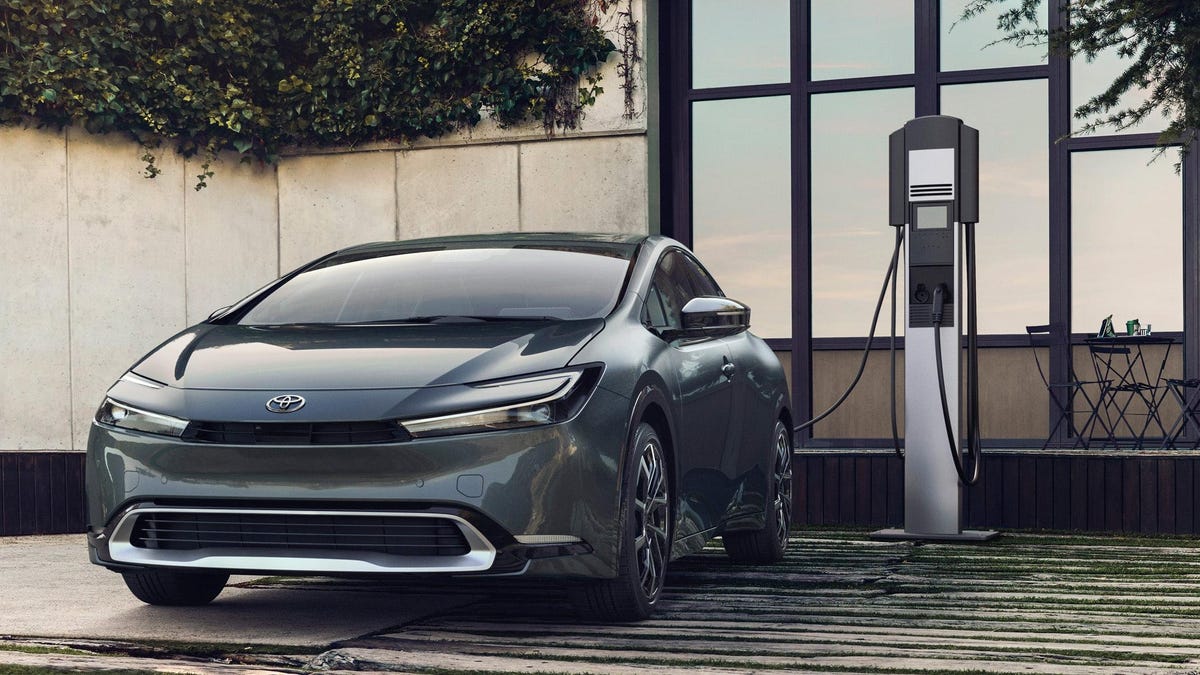On paper, plug-in hybrids offer the best of both worlds — electric power for daily driving and gas power for longer trips — but to get the most out of a PHEV, you have to charge it. Take the Toyota RAV4 Prime, for example. It has a 42-mile electric-only range, is rated at 94 MPGe and can drive 600 miles on a single tank of gas. Once your charge runs out, though, it only gets 38 mpg. So how frequently do owners charge their PHEVs? As InsideEVs points out, we don’t know because automakers won’t tell us.
As the article posits, PHEVs are more complex, heavier and more expensive than traditional hybrids. On the manufacturing side, that makes them a headache, and on the consumer side, that means they’re a waste of money if you don’t keep them charged. A Toyota Prius Prime is about $5,000 more expensive than the regular Prius, and it’s probably worth it if you take advantage of its EV range. If you don’t, it only gets 52 mpg combined compared to the normal Prius’s 57. So you’re literally wasting money on a less fuel-efficient car.
Unfortunately, when InsideEVs reached out to several automakers that sell PHEVs, they declined to share their data. Toyota even admitted it collects the data, it just doesn’t want to share:
While Toyota does have data on PHEV vehicles and charging behavior, we are declining the opportunity to respond at this time. Within Toyota, multiple teams collect and analyze data, and, when it comes to data collection and analysis, there is a wide range of variables related to things such as location, owner behavior, and other extenuating factors. As such, there is not consensus in the data or interpretation of the data to provide what we feel to be accurate responses, so we would like to respectfully hold off for now.
You might think Jeep would be more forthcoming than the famously conservative Toyota, especially since the brand’s former North American head, Jim Morrison, recently claimed that 90 percent of the 50,000 4xe owners it surveyed charged five times a week on average. That would be great news, but it’s also far from being that simple:
That rate would represent by far the highest rate of plugging-in among any model of PHEV offered by any maker—higher even than the early-adopter Chevrolet Volt users. Yet the statistic is also somewhat puzzling, because a Stellantis employee who dug into related questions told us 18 months ago that versions 3 and 4 of the company’s UConnect telematics system did not collect data on charging behavior.
That would mean the 2016-2023 Pacifica (plug-in) Hybrids and the 2021-2023 Wrangler 4xe and 2022-2023 Grand Cherokee 4xe models, which used those systems, did not provide data on plugging in. We believe UConnect 5 now has that capability, but did those 50,000 owners all have the newer version that launched in the 2024 model year? In other words, it’s not clear how we know this claim is true.
…
We asked Jeep for more details on the survey methodology, the electric miles covered, and which data could be collected by different UConnect versions. In particular, we wanted to know if the 90% figure represented ALL 4xe drivers or only a subset that volunteered to respond to a survey, a far less valid methodology than the aggregated data for all 4xes that we sought.
Despite many emails back and forth, Jeep would not provide any further responses or data. The company’s Dianna Gutierrez said it was “not able to disclose this information, as it’s proprietary information to the company.”
As for the rest of the automakers that InsideEVs surveyed, they either don’t track charging behavior, had outdated data or could only provide the results of a survey with a small sample size. If PHEVs are supposed to be the natural half-step into electrification for people still unsure they want to go all-electric, you’d think automakers would be tracking and sharing that data if only to brag about how many gallons of gas their PHEVs have saved. Alternatively, maybe owners just don’t plug them in very frequently at all, and they don’t want us to know.
There’s so much more to this than we could ever hope to summarize, so head on over to InsideEVs and give the whole thing a read. It’s long, but we promise it’s worth it since it’s truly deep dive into the nuance and complexity of the PHEV issue.







